
"The story of a little girl, Jihad, facing discrimination because of the name her parents gave her.
Pierce the veil--Unlock the truth--Racism, Nationalism, & Islamophobia, examined through the unbiased lens of scientific inquiry."

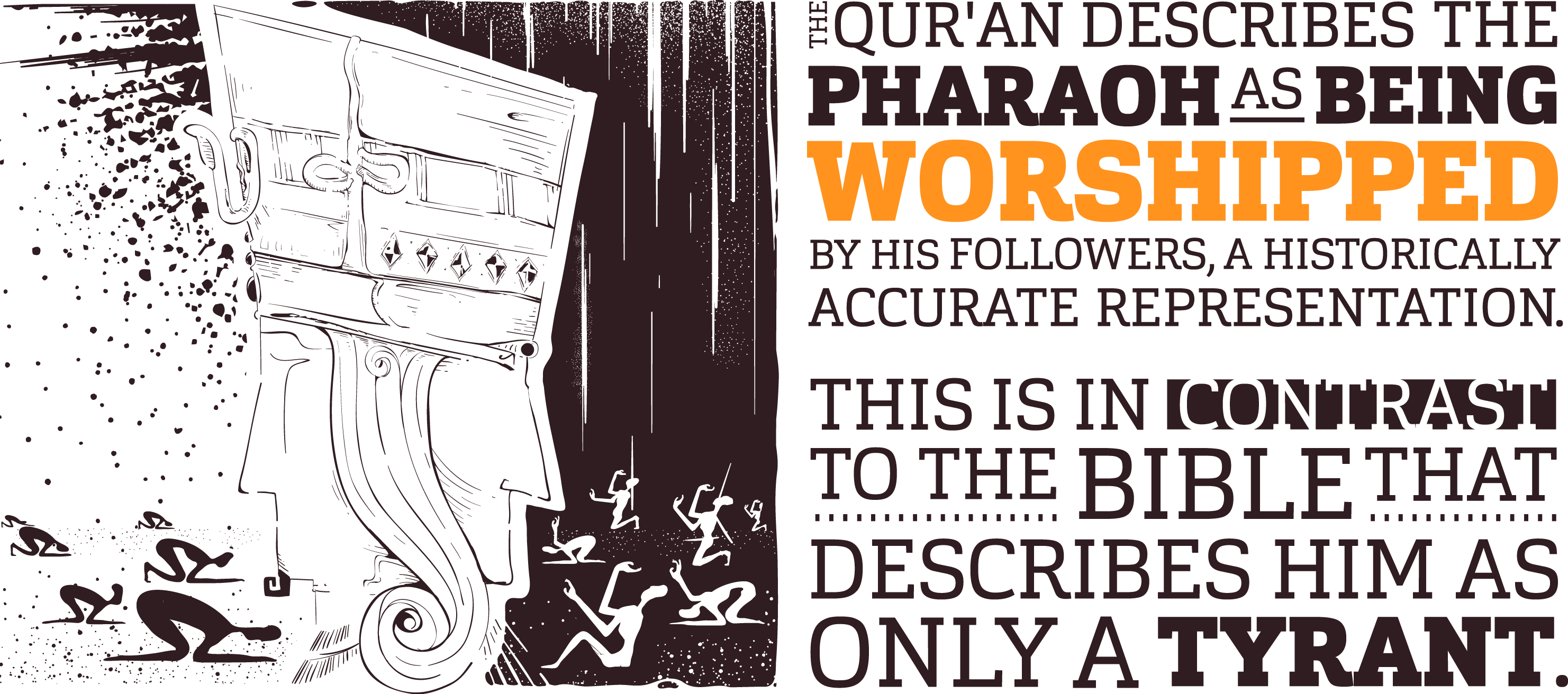
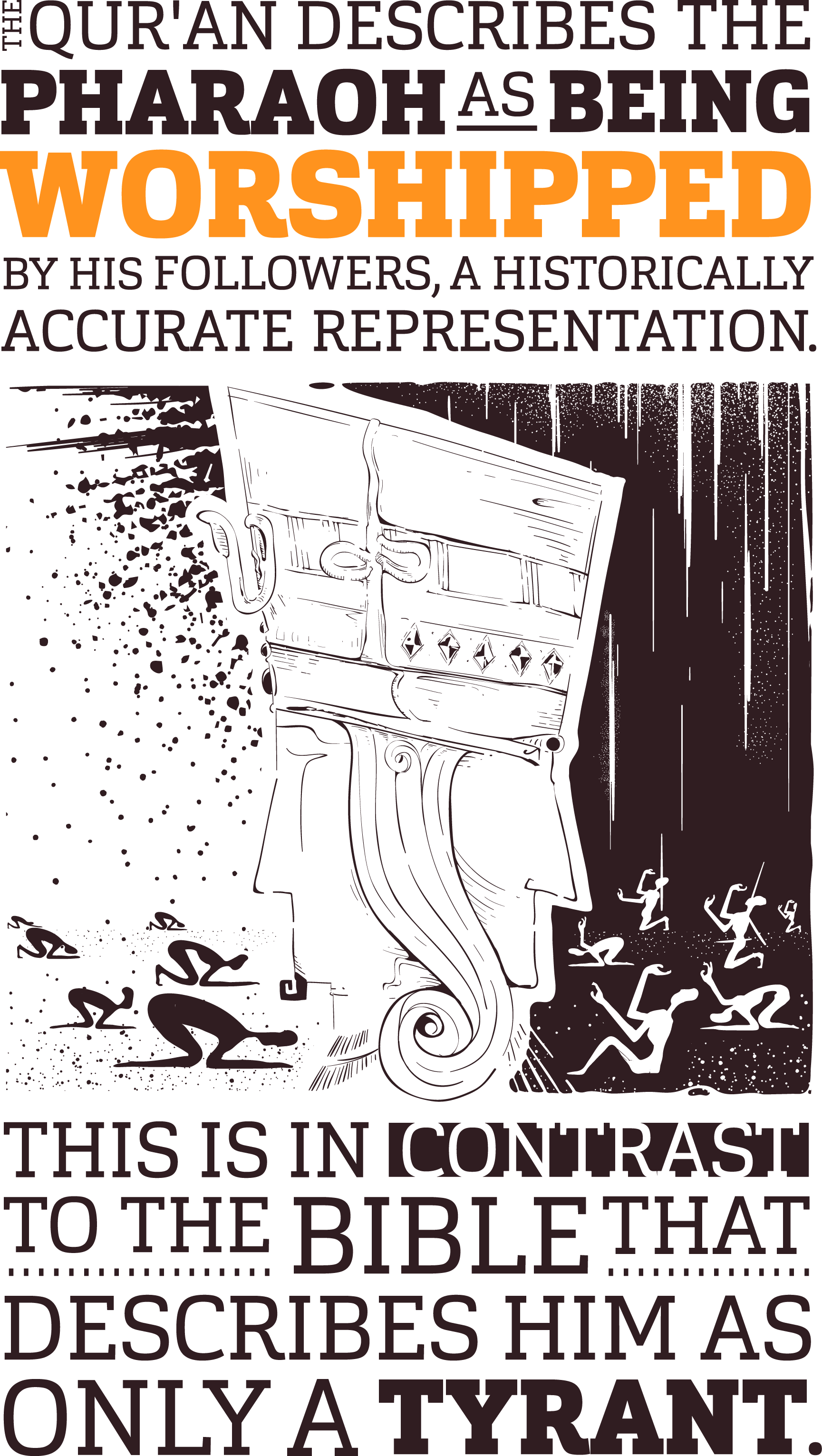


One of the principal themes which appear in the Qur'anic story of Moses is that of Pharaoh claiming himself to be the principal god. Does Ramesses II fit this description?
When Moses calls Pharaoh to worship one true God, the call is rejected. Instead Pharaoh collects his men and proclaims that he is their Lord, most high.
Then did (Moses) show him the Great Sign. But (Pharaoh) rejected it and disobeyed (guidance); Further, he turned his back, striving hard (against God). Then he collected (his men) and made a proclamation, Saying, "I am your Lord, Most High".
SURAH 79 , VERSE 15-24
Furthermore, when Moses goes to Pharaoh with clear signs, they are rejected as being "fake".
Pharaoh said: "O Chiefs! no god do I know for you but myself...
SURAH 28 , VERSE 38
The last statement comes in connection with the victory of Prophet Moses. Since the setting of the Qur’anic story of Moses and Pharaoh is in the New Kingdom Period, it is worthwhile mentioning:
By the early New Kingdom, deification of the living king had become an established practice, and the living king could himself be worshipped and supplicated for aid as a god.
During the time of Ramesses II, the deification of the Pharaoh reached its peak as evidenced in numerous cult statues, as well as supporting hieroglyphs and papyri.
Stela no. 410 of Hildesheim Museum shows two people. One is standing wearing the double crown with the uraeus, a short skirt, a necklace, and holds the so-called handkerchief or seal in one hand [Figure 5(a)]. He is called: "King of Upper and Lower Egypt, the Lord of the Two Lands ‘Ramesses-meryamun, the God’".

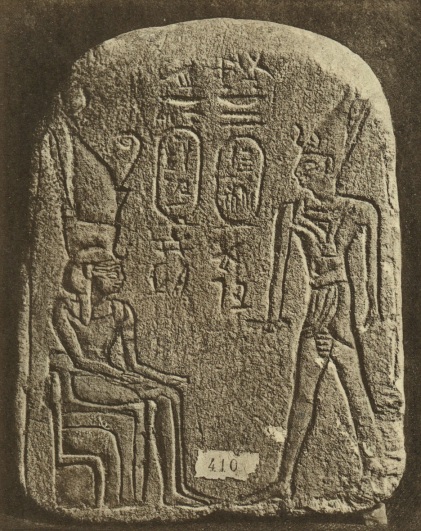
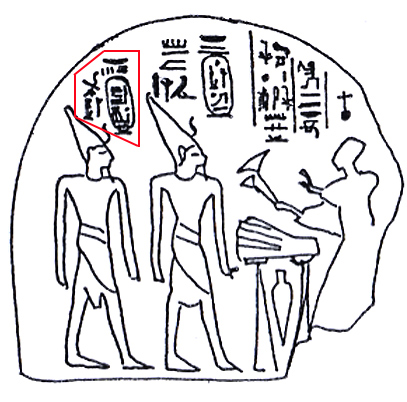
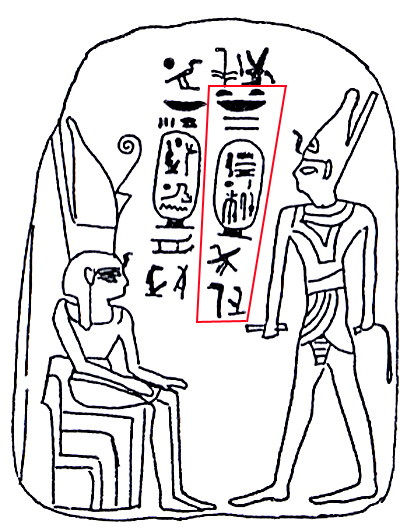

On stela no. 1079 of Hildesheim Museum a man is depicted wearing a long garment tied at the waist, offering two flowers with his right hand. In front of him is a table laden with various kinds of offerings, and two stands with a vase between them [Figure 5(b)]. Opposite him are two statues, each wearing a short kilt, an artificial beard and the crown of Upper Egypt, with uraeus in front. Above these two statues and before them are the words: "Lord of the two Lands ‘Usermaatre-setpenre’ Monthu-in-the-Two-Lands" and "Lord of the diadems ‘Ramesses-meryamun’, the God".

Our last example comes from the Great Temple at Abu Simbel [Figure 6]. An interesting relief shows the "Lord of Two Lands ‘Usermare-setpenre’" (= Ramesses II) offering to "Ramesses-meryamun" (= Ramesses II). Obviously, Ramesses II is worshipping himself here. However, we also note that the worshipper and the one who is worshipped have two different names and that these names are pronomen and nomen of Ramesses II, respectively. A closer look at the iconography reveals that the worshipper and he who is worshipped are not identical. He, to whom the offering is made, is adorned with a sun-disk and has a curved horn around his ear, depicting his divinity. Therefore, Ramesses II is not simply worshipping himself, but his divine self. The Qur'an also mentions that he exalted himself in the land and that he was extravagant.
But none believed in Musa except the offspring of his people, on account of the fear of Pharaoh and their chiefs, lest he should persecute them; and most surely Pharaoh was lofty in the land [Arabic: firʿawn la-ʿālin fi-al-ardh]; and most surely he was of the extravagant [Arabic: innahu lamin al-musrifīn].
SURAH 10 , VERSE 83
What are the other ways he could have exalted himself? The answer comes from Papyrus Anastasi II dated to the time of Merneptah, successor of Ramesses II which begins with "Praise of the Delta Residence". The textual content of this section is similar to that of Papyrus Anastasi IV, (6,1-6,10).

Here we see Ramesses II exalting himself in four different aspects, viz. as god, herald, vizier and mayor. This is as if to show that he was everything to the capital, and commanded everything.

How was Ramesses II extravagant? The Arabic word musrifīn is derived from the root sarafa which means "to exceed all bounds, be immoderate, be extravagant...; to waste, squander, dissipate, spend lavishly". In order to promote himself as the living god, Ramesses II built colossal monuments throughout Egypt, which he furnished with numerous large-scale images of himself. Perhaps the best example of his extravagant ways to promote his divinity comes from the Great Temple where Ramesses II is depicted as god, and the deity Re-Horakhty is portrayed on a diminutive scale in the centre of the king's four colossal statues [Figure 7]. It is here the cult of the living god was practiced. Thus, Ramesses II appears to fit the Qur'anic description of the Pharaoh who exalted himself and was extravagant in his ways to depict himself as a divinity.



"The story of a little girl, Jihad, facing discrimination because of the name her parents gave her.
Pierce the veil--Unlock the truth--Racism, Nationalism, & Islamophobia, examined through the unbiased lens of scientific inquiry."





